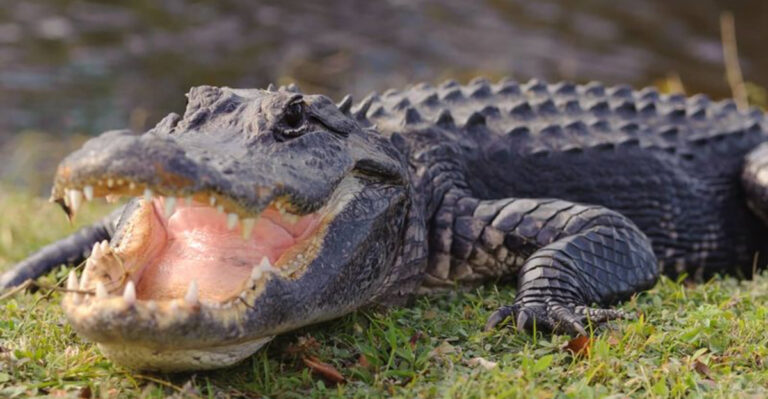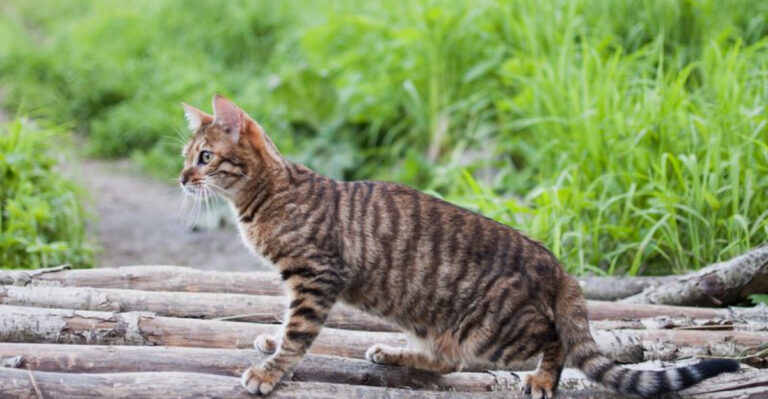15 Reasons Pit Bulls Are One Of The Most Misunderstood Dog Breeds
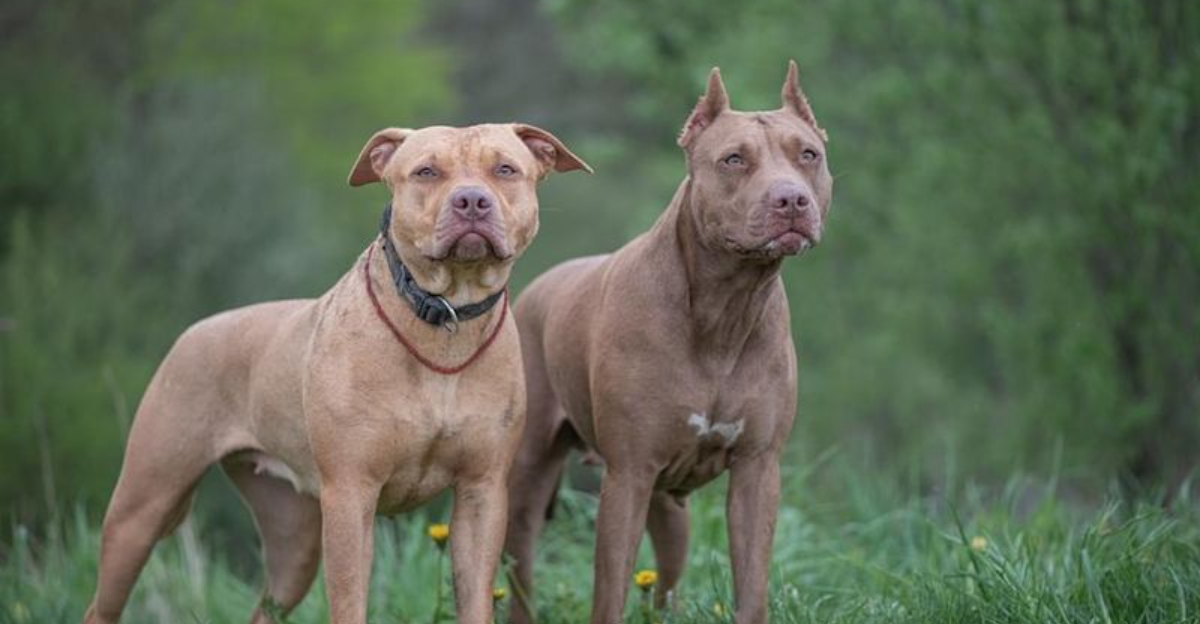
Pit bulls often get a bad rap in the media and popular culture. These dogs have been painted as aggressive and dangerous, but the reality is far different from this unfair stereotype.
Let’s explore why pit bulls deserve a second look and why these lovable pooches might just be the most misunderstood canines in the dog world.
1. Their Temperament Testing Scores Might Surprise You
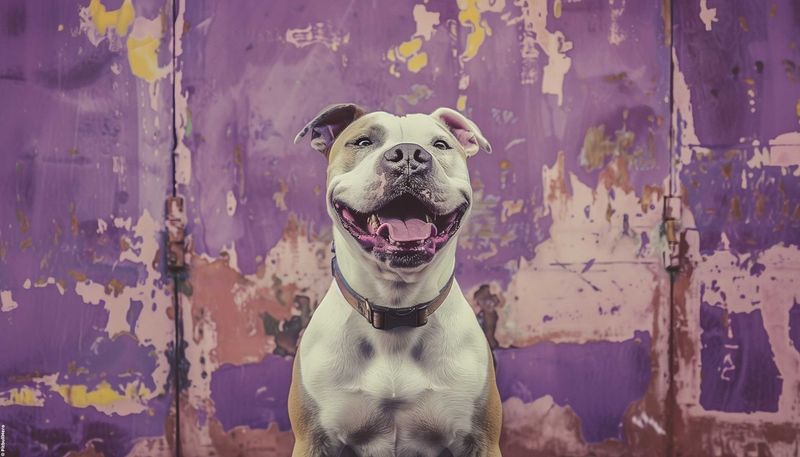
Contrary to public perception, pit bulls consistently score above average in temperament tests. The American Temperament Test Society found that pit bulls pass their standardized behavior tests at a rate of 87.4%.
That’s higher than many popular family breeds! These tests measure how dogs react to strangers, unusual situations, and threatening scenarios – proving these blocky-headed pups often have stable, even-keeled personalities.
2. They Were Once America’s Nanny Dogs
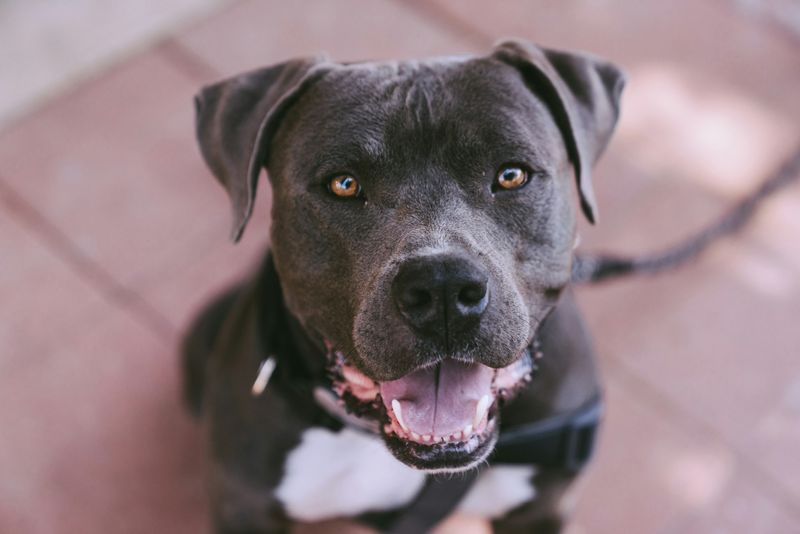
Back in the early 20th century, pit bulls were actually considered ideal family pets and dubbed ‘nanny dogs.’ Families trusted them to watch over and protect their children because of their patient, loyal nature.
Old photographs from this era often show pit bulls lounging with babies and small children. Their protective instincts and gentle disposition made them perfect companions for little ones in an age before modern childcare.
3. Media Coverage Creates Unfair Bias
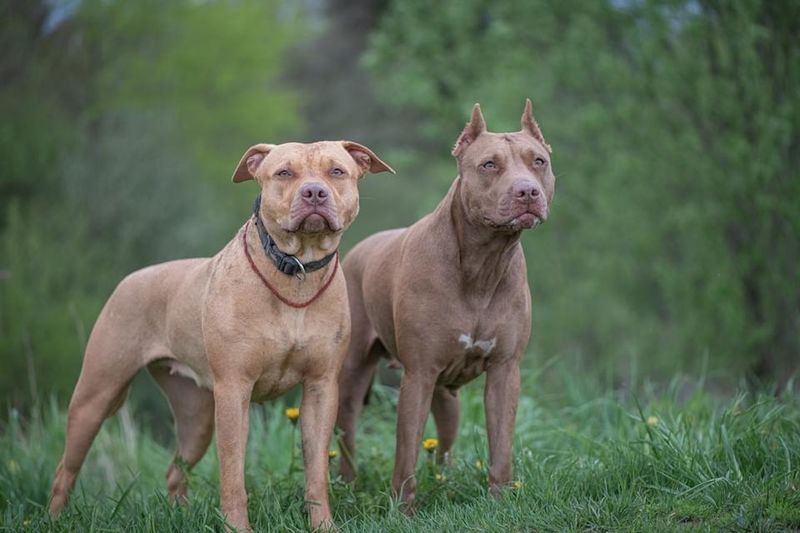
Dog bite headlines often spotlight pit bulls, overshadowing context and breed comparisons. Media coverage amplifies fear by disproportionately focusing on pit bull incidents.
Other breeds are involved in bites more frequently, yet those cases slip under the radar. Stereotypes persist while countless gentle, well-behaved pit bulls remain unseen and uncelebrated.
4. Breed Identification Is Surprisingly Unreliable

Guessing a dog’s breed based on looks alone can be incredibly misleading. Even professionals often get it wrong, especially when labeling dogs as pit bulls.
One study revealed major mismatches between visual IDs and actual DNA results. Misidentification contributes to false statistics and unfair blame toward pit bull-type dogs.
5. They’re Natural Athletes With Amazing Physical Abilities

Watching a pit bull in motion reveals their incredible athletic prowess. With powerful muscles and remarkable agility, these dogs excel in sports like weight pulling, agility courses, and dock diving.
Their strength-to-weight ratio is impressive, allowing them to jump incredible heights and run with surprising speed. Many pit bulls channel this natural athleticism into becoming service dogs, search-and-rescue workers, and therapy animals – roles requiring both physical capability and gentle temperament.
6. The Term ‘Pit Bull’ Isn’t Actually A Single Breed

Surprise! ‘Pit bull’ isn’t one specific breed but a general term covering several breeds including American Pit Bull Terriers, American Staffordshire Terriers, and Staffordshire Bull Terriers.
This umbrella term causes confusion in breed-specific legislation and bite statistics. When data lumps multiple breeds together, it artificially inflates numbers.
7. Their Jaws Don’t Actually ‘Lock’
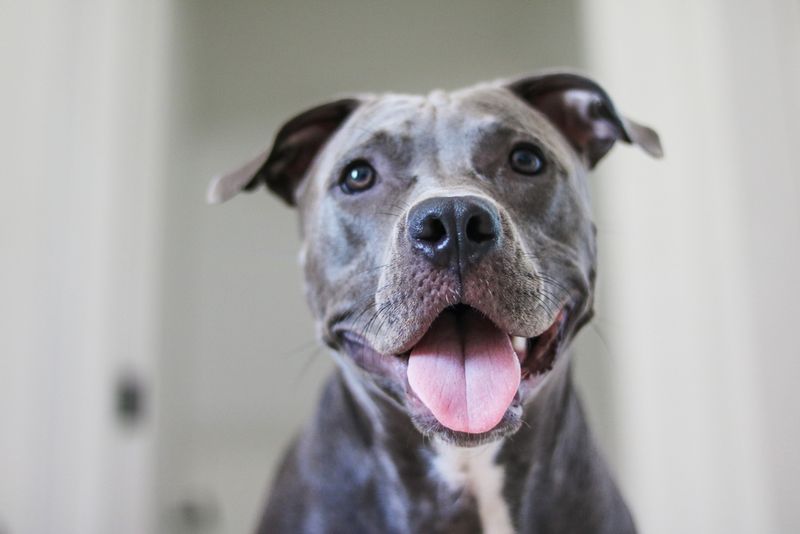
The myth about pit bulls having locking jaws is pure fiction. Anatomically speaking, their jaw structure is essentially the same as any other dog breed’s.
No special mechanism exists that allows them to ‘lock’ their bite. While they can be determined and strong, this misconception has fueled unwarranted fear.
8. They’re Among The Most Abused And Abandoned Dogs

Behind their tough exterior lies a heartbreaking reality: pit bulls suffer disproportionately from abuse and abandonment. They’re often victims of dogfighting rings, neglect, and cruel breeding practices.
Animal shelters report pit bulls have the highest euthanasia rates of any dog type. Their widespread mistreatment stems from misconceptions about their nature and attractiveness to irresponsible owners seeking a ‘tough’ dog image rather than a loving companion.
9. Famous Figures Throughout History Loved Their Pit Bulls

Helen Keller, Theodore Roosevelt, and Thomas Edison all had a soft spot for pit bulls, appreciating the breed’s loyal and affectionate nature. Long before negative stereotypes emerged, influential figures trusted pit bulls as family companions.
Today’s celebrities like Jon Stewart and Patrick Stewart continue that tradition by speaking out in support of the breed. High-profile advocates help shift public opinion and highlight the loving side of pit bulls often overlooked in headlines.
10. Breed-Specific Legislation Doesn’t Reduce Dog Bites
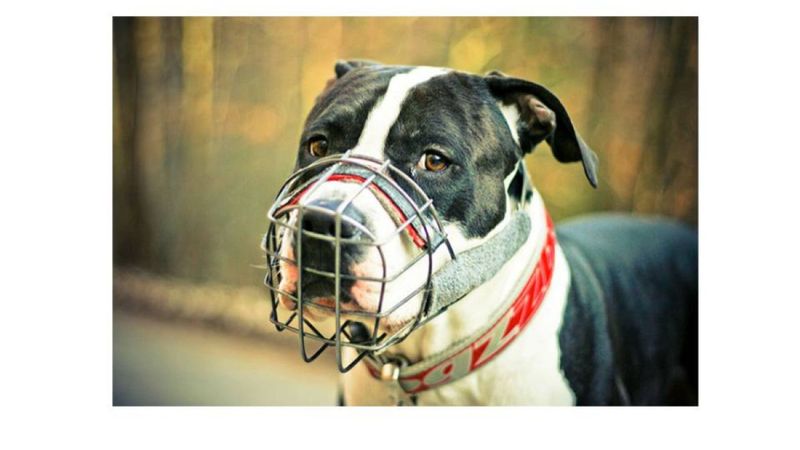
Cities that have banned pit bulls haven’t seen the promised decrease in dog attacks. Studies comparing bite statistics before and after breed bans show these laws simply don’t work.
The Netherlands repealed their pit bull ban after finding it ineffective at reducing bites. Instead, focusing on responsible ownership regardless of breed has proven more successful.
11. Their Smiles Are Literally The Widest In The Dog World

Those famous pit bull grins aren’t just adorable – they’re anatomically exceptional! Their wide mouths and strong cheek muscles create what’s lovingly called the ‘pittie smile,’ often accompanied by a whole-body wiggle of joy.
This distinctive smile showcases their emotional expressiveness. Many rescue organizations highlight these grins in adoption photos because they perfectly capture the breed’s natural happiness and enthusiasm for life – a far cry from their intimidating reputation.
12. They Excel As Therapy And Service Dogs

Beneath their muscular exterior beats the heart of a natural helper. Pit bulls increasingly serve as therapy dogs in hospitals, nursing homes, and schools where their intuitive empathy shines.
Organizations like Pits for Patriots train them as service dogs for veterans with PTSD. Their intelligence, eagerness to please, and emotional sensitivity make them excellent at providing comfort and support.
13. Their Genetic History Is Widely Misunderstood
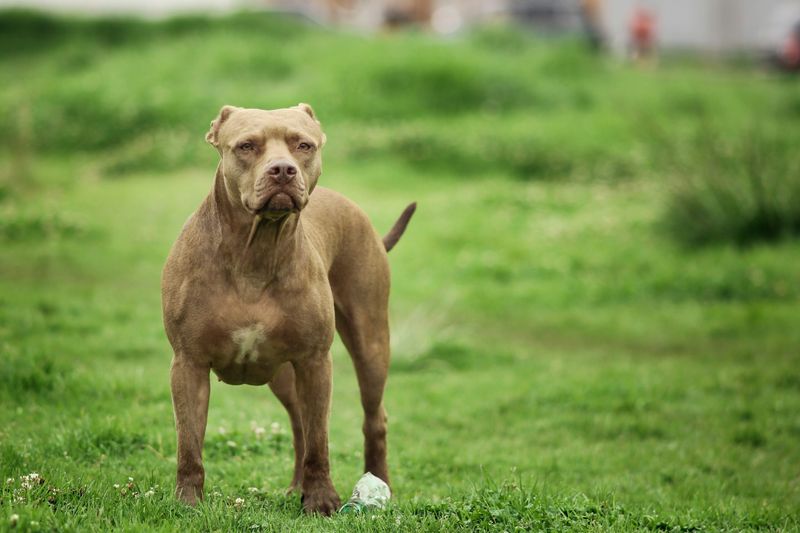
Originally bred in England for bull-baiting (hence the name), pit bulls later became working farm dogs and family companions in America. Their history isn’t solely about fighting, despite common misconceptions.
These dogs were valued for their work ethic and loyalty on homesteads. Genetic studies show modern pit bulls share DNA with many working breeds, not just fighting lines.
14. They’re Among The Most Colorful Dog Breeds
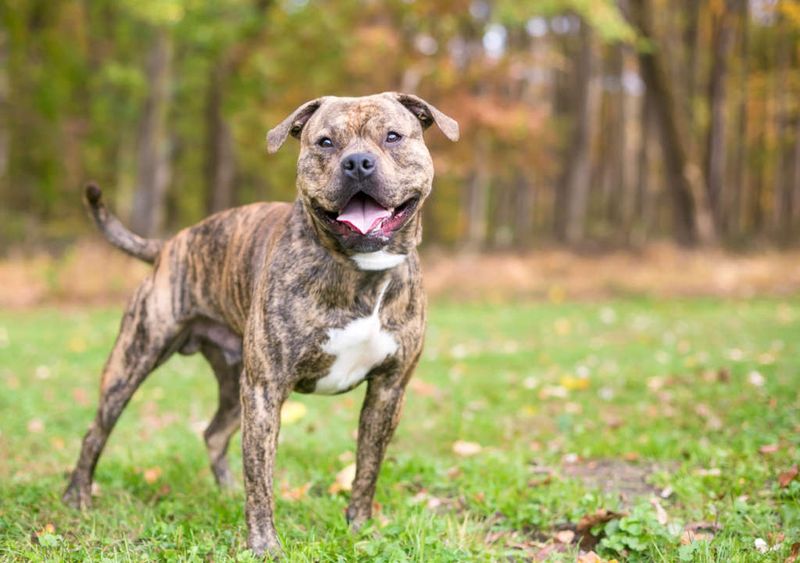
Fashion models could envy the variety of coat colors and patterns pit bulls naturally display! From striking blues and rich reds to brindle patterns and unique piebald markings, their color palette is remarkably diverse.
This genetic diversity results from their mixed heritage. Unlike breeds with limited color options, pit bulls can sport nearly any combination found in the canine world.
15. They Form Exceptionally Strong Bonds With Their Humans

Pit bull owners often describe them as velcro dogs, always wanting to be by your side. Emotional connection runs deep, with many forming incredibly strong bonds with their families.
Loyalty drives them to seek constant closeness, sometimes even burrowing under the covers at night. Separation can be tough, as they crave affection and thrive on being part of daily life.



